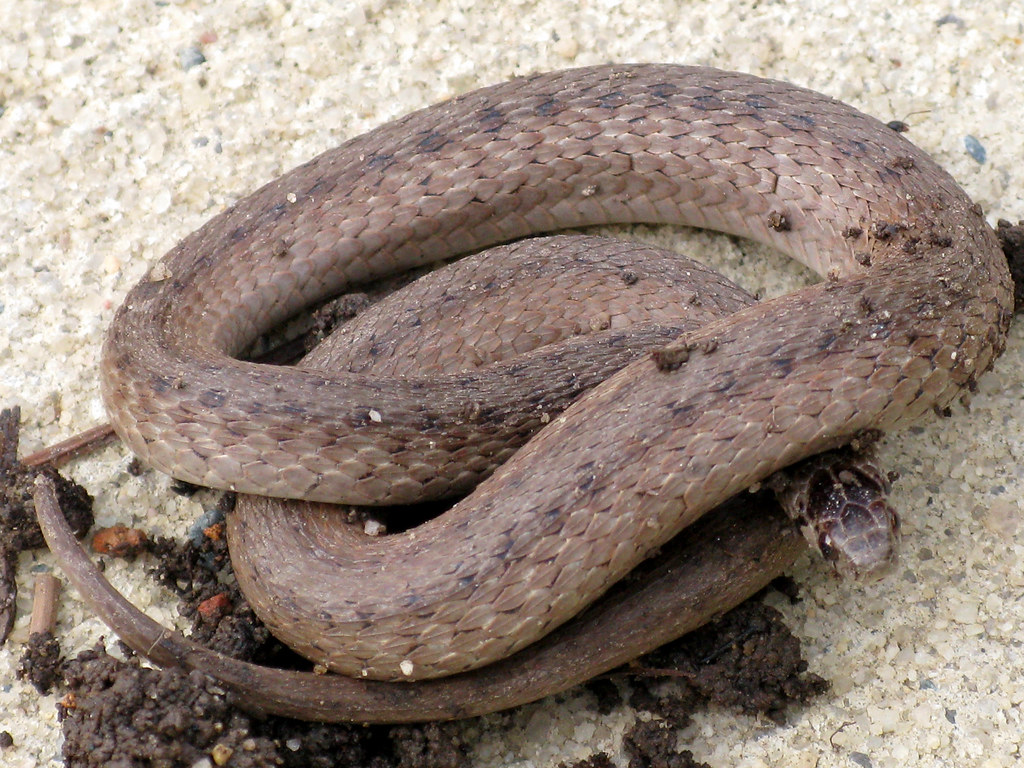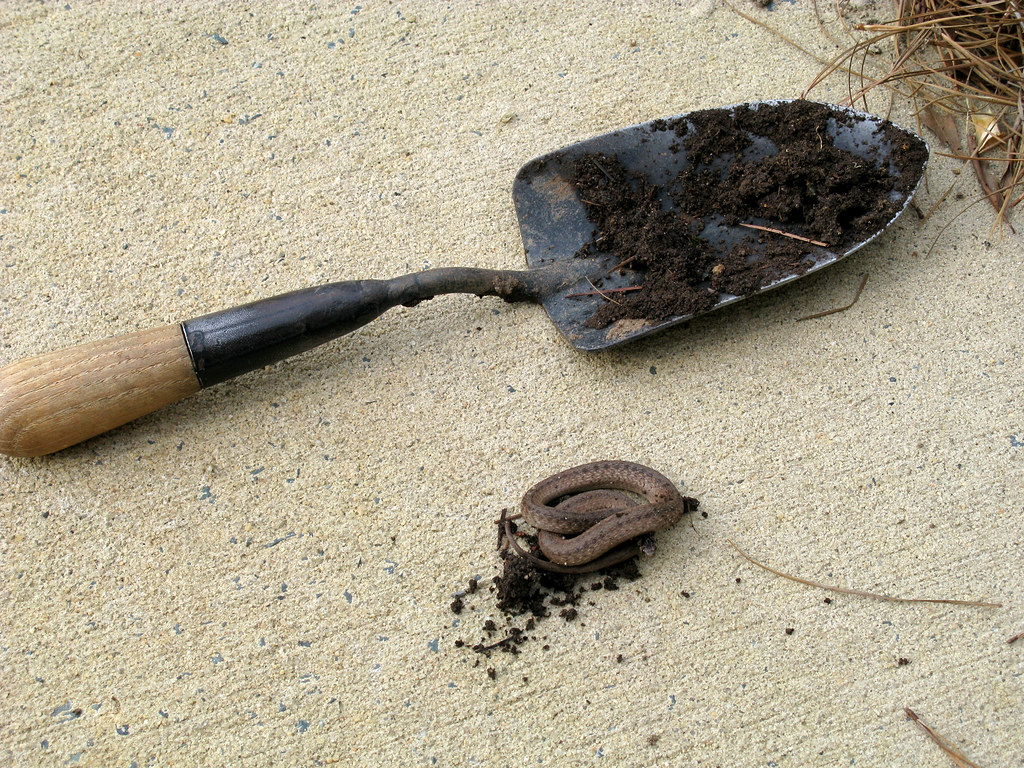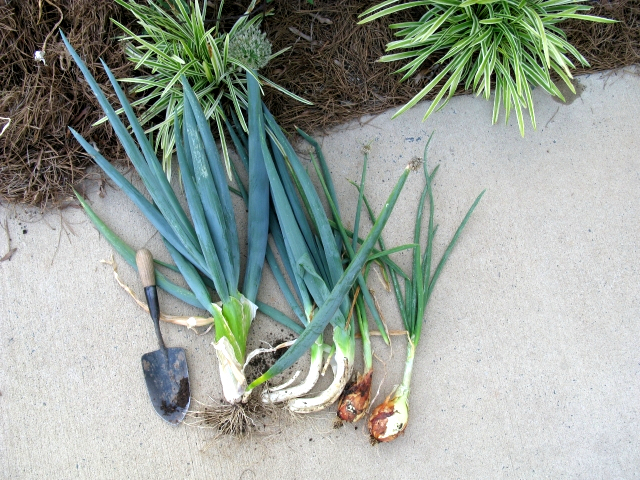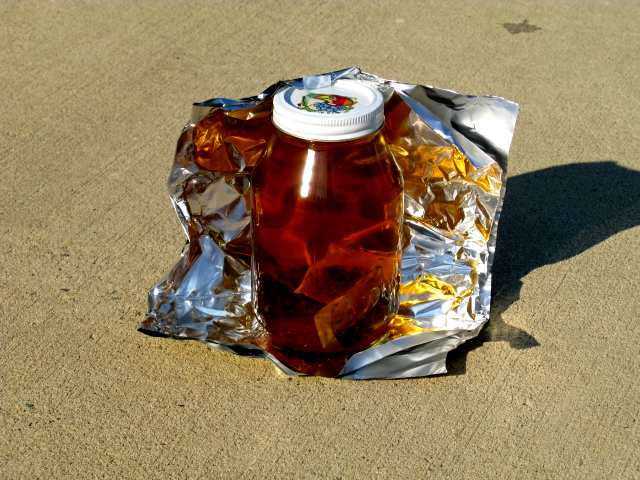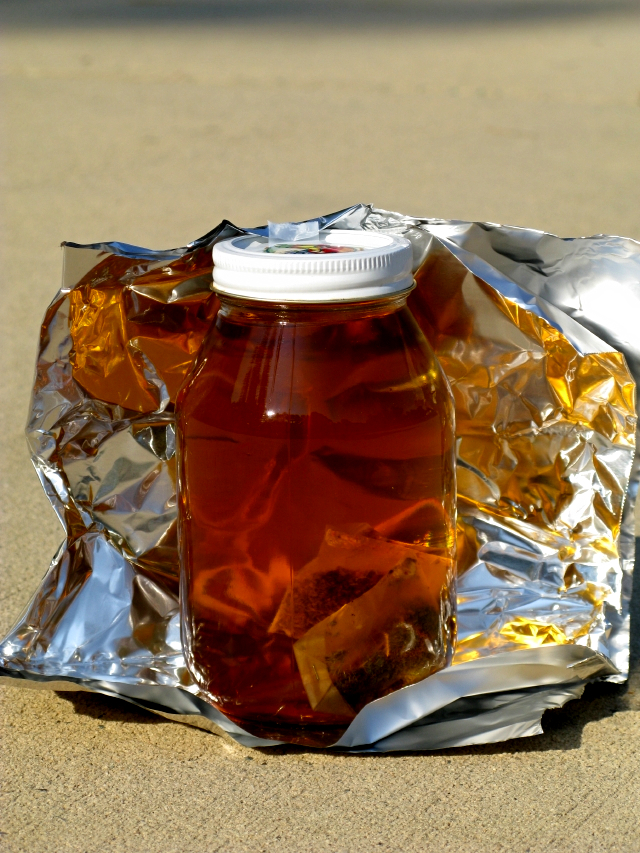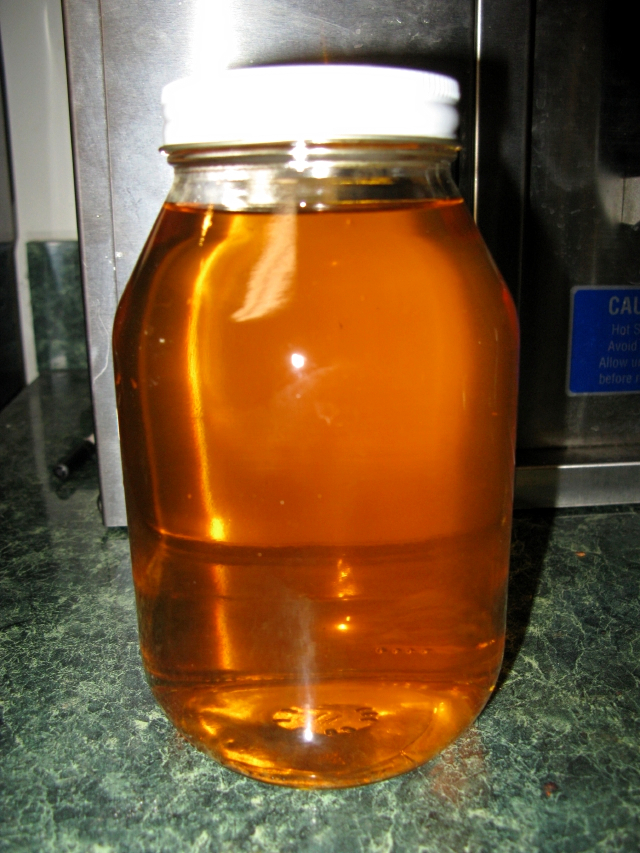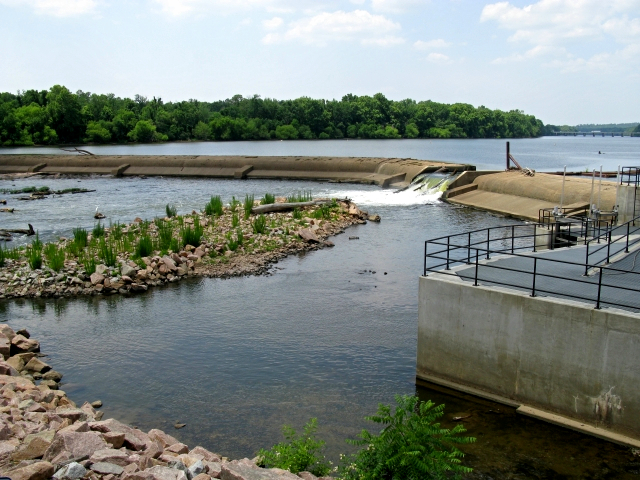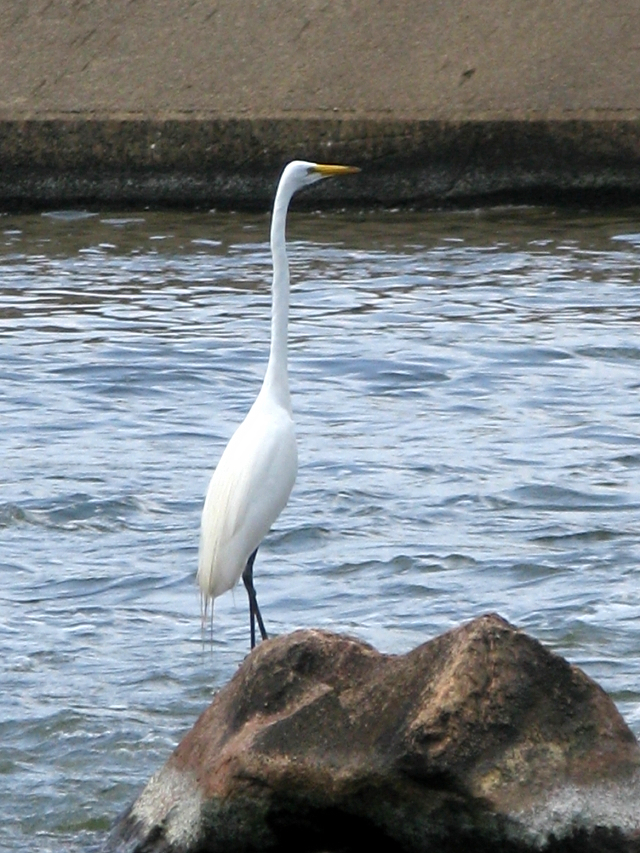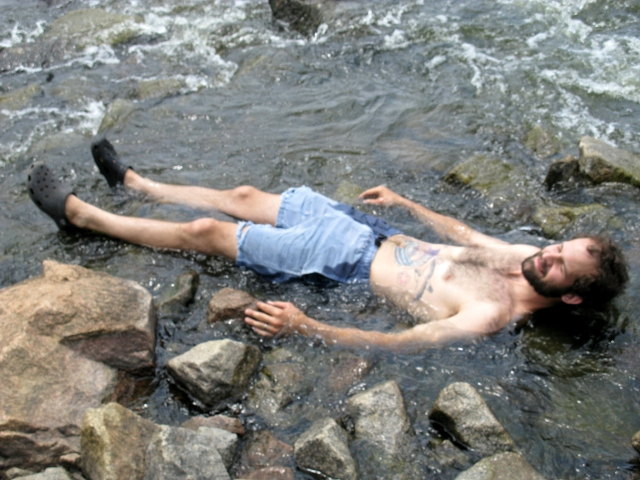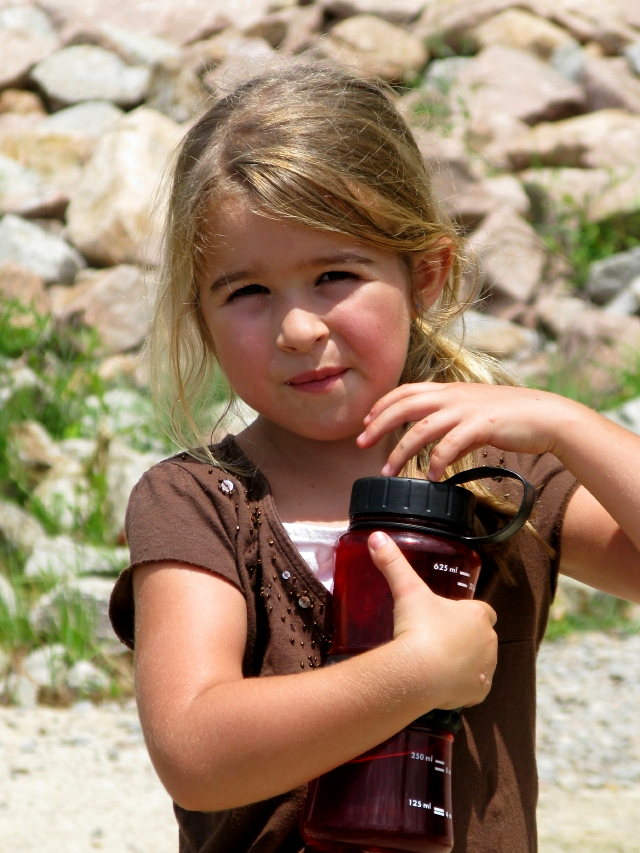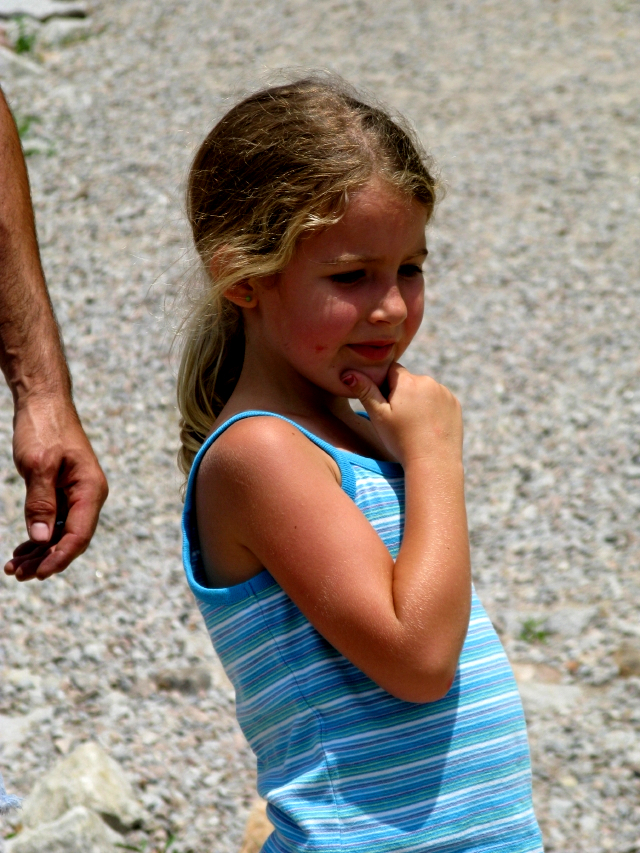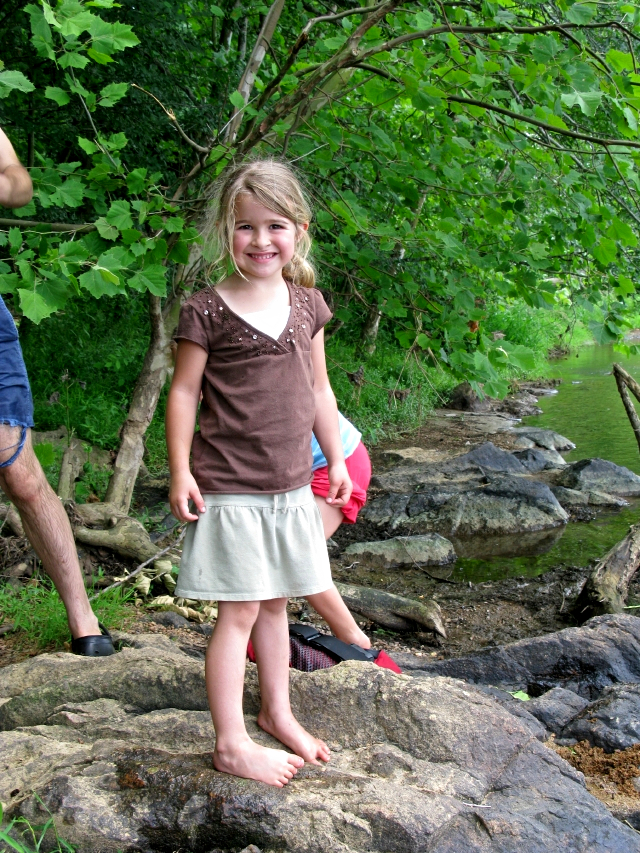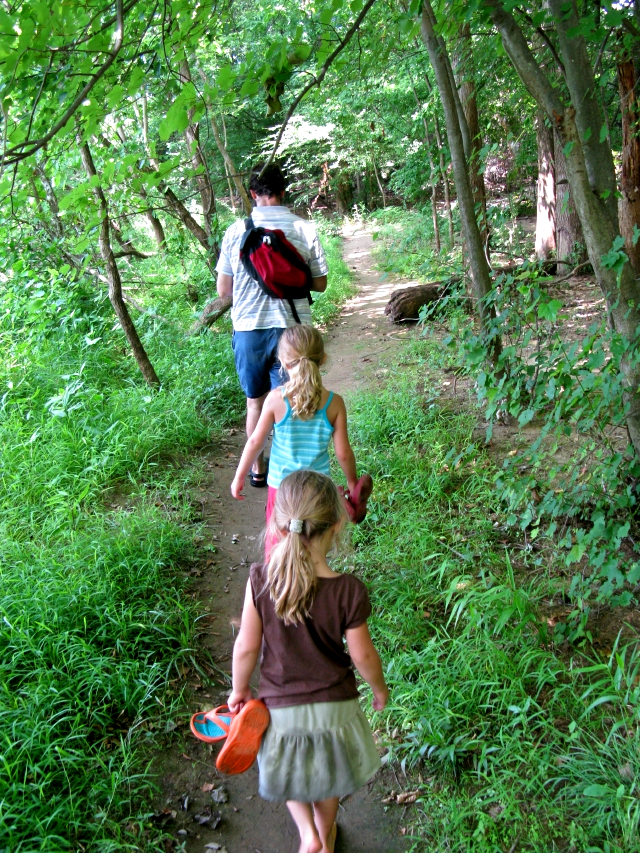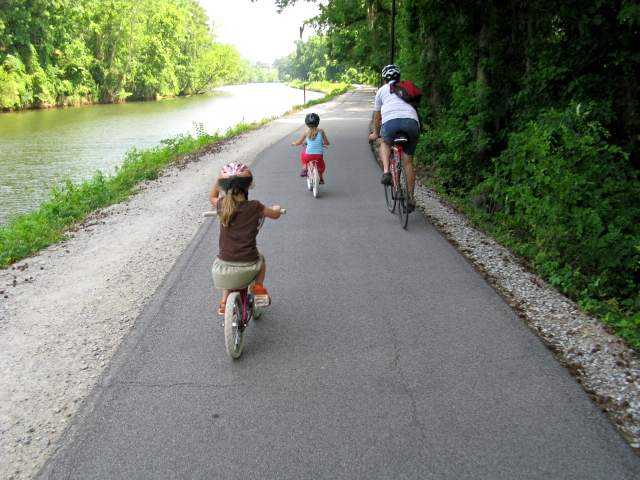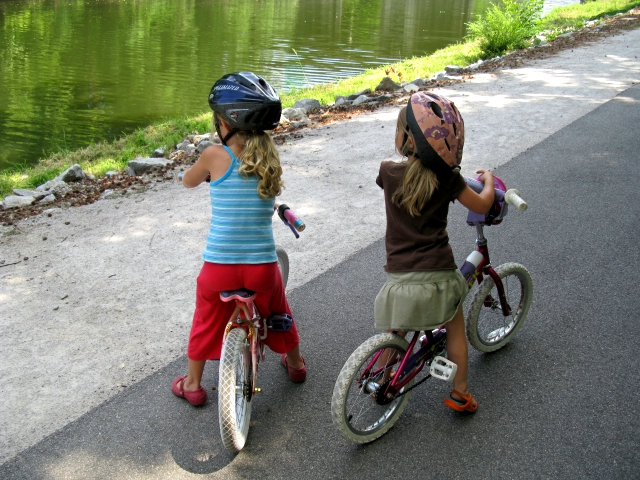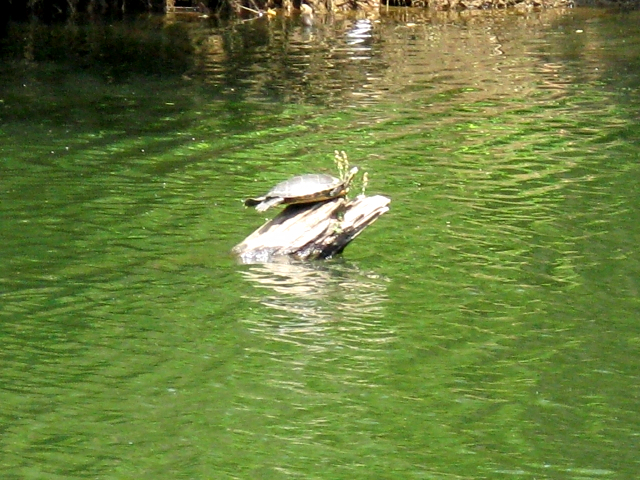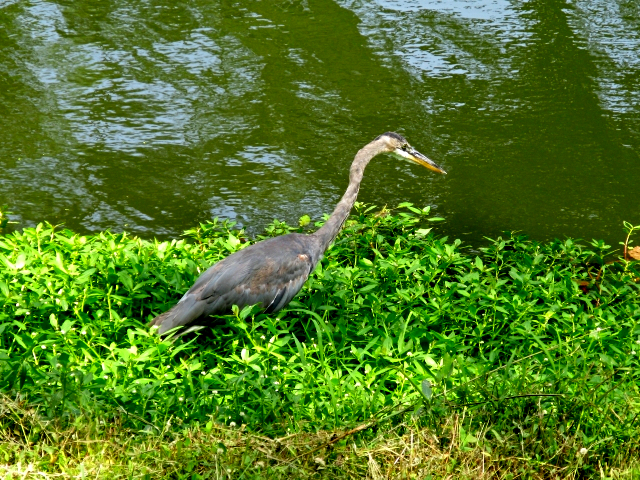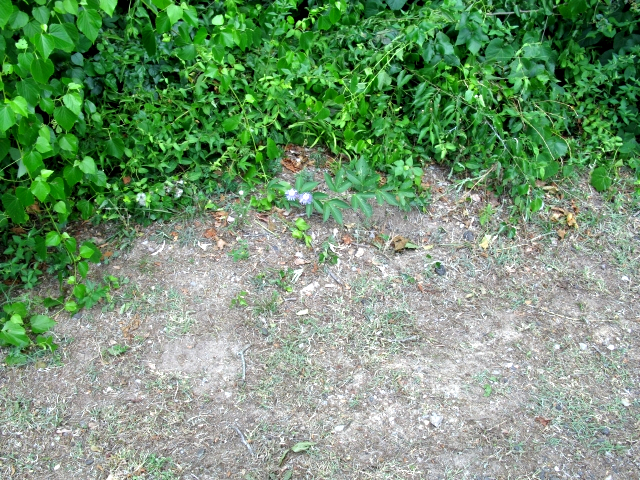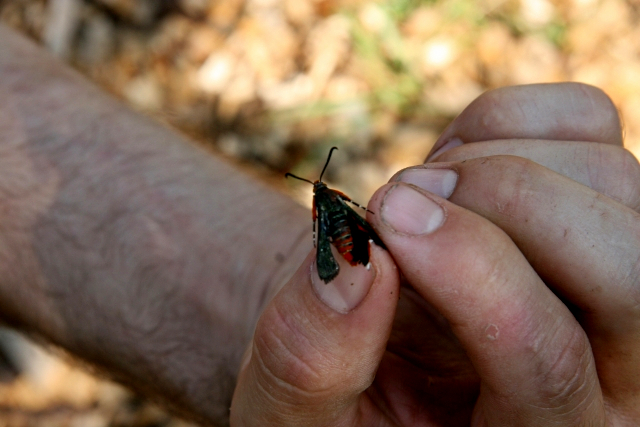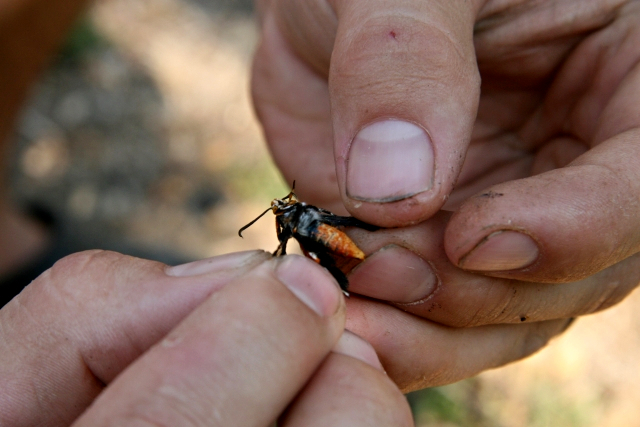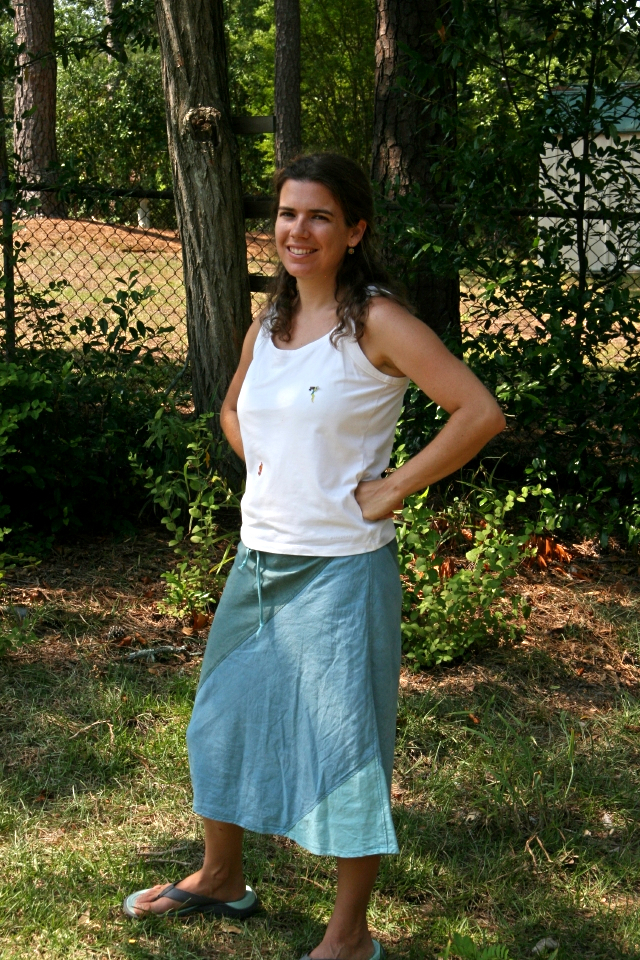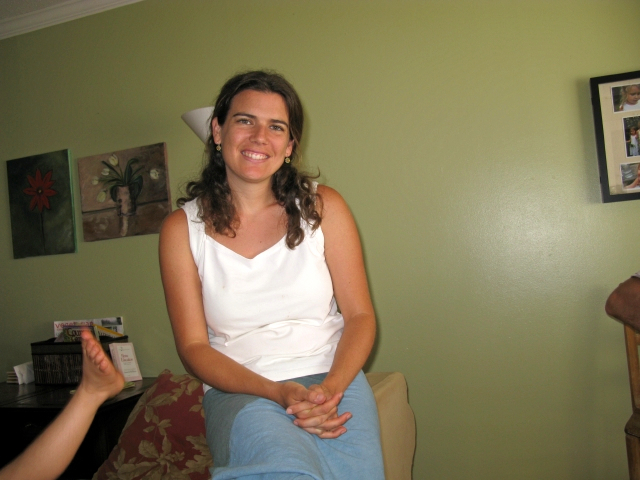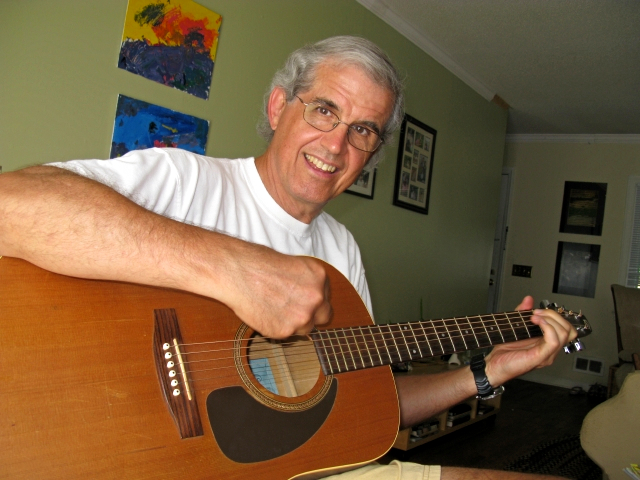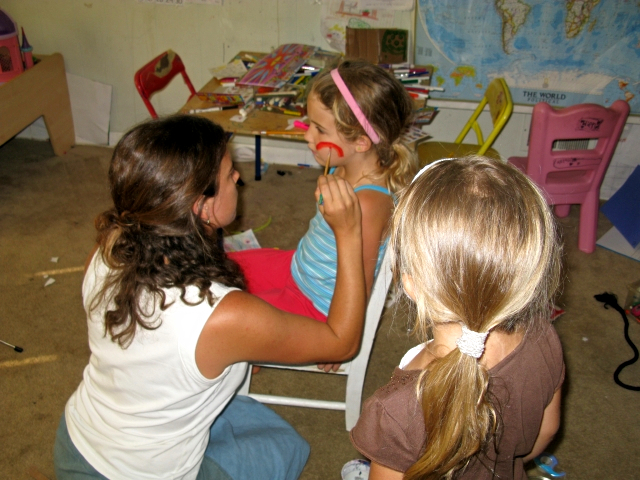In the left-hand margin of this blog, at the very bottom, there is a link to click on to test your Internet connection speed. (Or click here.) You'll be taken to the site of a tech company that provides the service. Their server network has locations in major U.S. cities.
Click on any city and you'll get a download test -- wait a few seconds and it will begin an upload test. (All uploads are a fraction of the speed of downloads on the Internet.)
Your speed numbers will appear as kbps (kilobytes per second). Divide by 1,000 to get megabytes per second.
For example, my download speeds from all the cities fall in the 9,700+ kbps range, which equals roughly 9.7 megabytes per second. (Actually, a bit less than that if you use a calculator.)
I'm on Road Runner's Turbo service which advertises download speeds of up to 10 mbps, so I'm close to that. I'm curious as to what some others of you are getting on your various Internet connections.
Click on any city and you'll get a download test -- wait a few seconds and it will begin an upload test. (All uploads are a fraction of the speed of downloads on the Internet.)
Your speed numbers will appear as kbps (kilobytes per second). Divide by 1,000 to get megabytes per second.
For example, my download speeds from all the cities fall in the 9,700+ kbps range, which equals roughly 9.7 megabytes per second. (Actually, a bit less than that if you use a calculator.)
I'm on Road Runner's Turbo service which advertises download speeds of up to 10 mbps, so I'm close to that. I'm curious as to what some others of you are getting on your various Internet connections.
